Discover 10 hidden attractions, cool sights, and unusual things to do in Salzgitter (Germany). Don't miss out on these must-see attractions: Burg Lichtenberg, Salzgittersee, and Salder House. Also, be sure to include Bismarckturm in your itinerary.
Below, you can find the list of the most amazing places you should visit in Salzgitter (Lower Saxony).
Table of Contents
Burg Lichtenberg
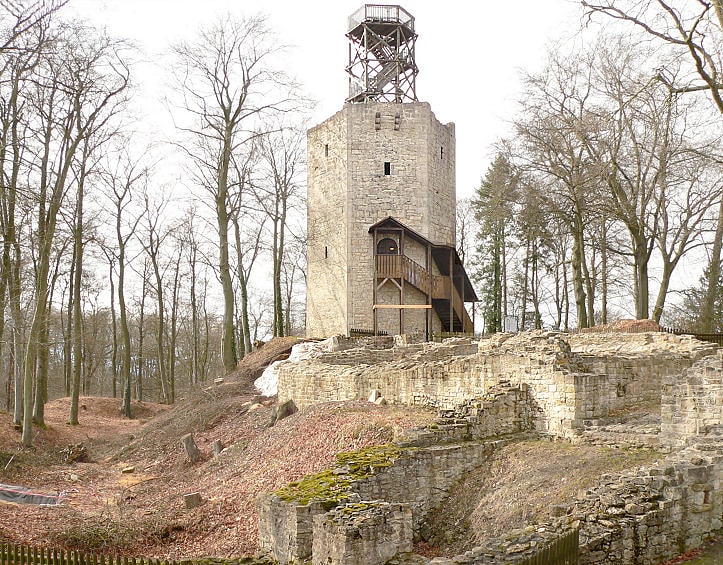
Historical landmark in Salzgitter, Germany. Lichtenberg Castle, also called the Heinrichsburg, is a ruined castle dating to the 12th century in the Lichtenberge hills near Salzgitter in the German state of Lower Saxony. The ruins are found south of and above the Salzgitter suburb of Lichtenberg on the steep summit of the Burgberg.
The site, which is extremely good from a strategic perspective, shows the ideal type of ground plan of a hill castle from the High Middle Ages. The builder of the most important fortifications of the Welf dynasty was Duke Henry the Lion. The castle was built to counter the Bishopric of Hildesheim and its Hohenstaufen neighbour in Goslar. In spite of numerous conflicts of those times, it was not destroyed until 1552 by the cannons of a mercenary army.[1]
Salzgittersee
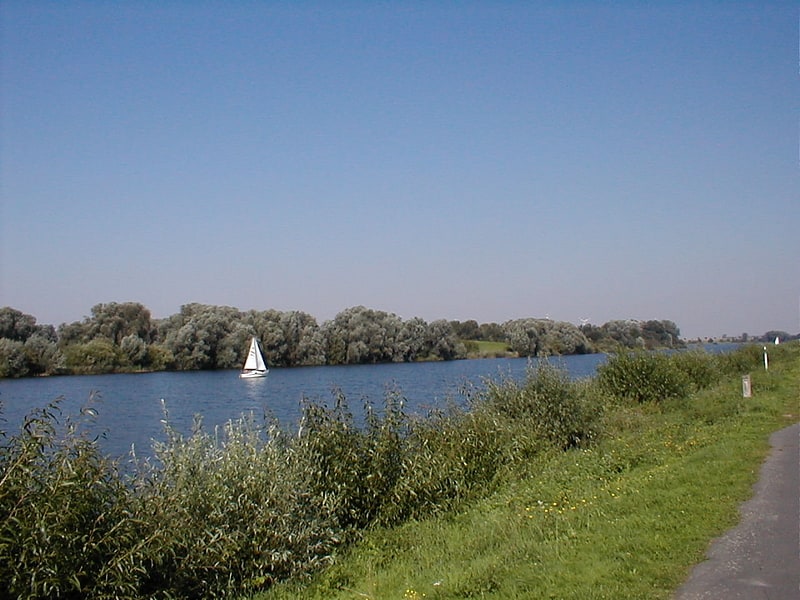
Lake in Germany. Salzgittersee is a lake in the city of Salzgitter in Lower Saxony, Germany. At an elevation of 78 m, its surface area is 0.75 km².[2]
Salder House
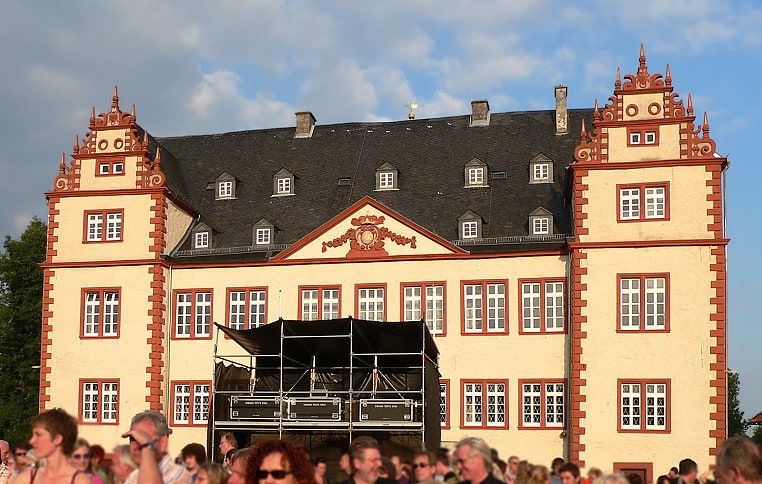
Also known as: Schloss Salder
Stately home in Salzgitter, Germany. Salder House is a stately home in the Renaissance style in Salder, a village in the borough of Salzgitter in Lower Saxony. It was built in 1608 for the lords of Saldern by master builder, Paul Francke, by order of Kriegsrat David Sachses of Wolfenbüttel.
In 1695, the heir to the throne, Augustus William of Brunswick-Wolfenbüttel bought the complex and had major restoration work carried out on it.
Since 1962 Salzgitter's town museum has been located in Salder House and may be visited free of charge. Its major exhibition themes are geology, prehistory and protohistory as well as the history of the town and 31 villages of Salzgitter borough from the Baroque period to the 20th century. In the division titled "From Ore to Steel" (Vom Erz zum Stahl) various models are displayed, including one of the Gebrüder Schreitel iron foundry.
A wide variety of open-air events are held in the courtyard during the summer months.[3]
Address: Museumstr. 34, 38229 Salzgitter
Bismarckturm
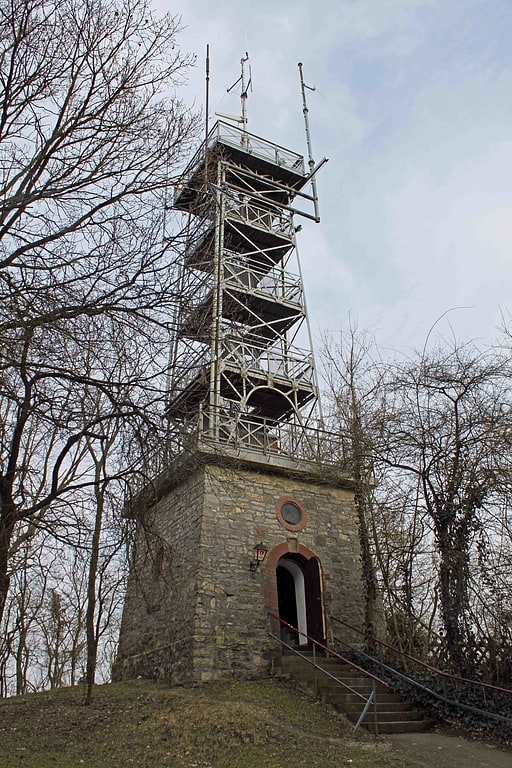
Tower in Salzgitter, Germany. The Salzgitter Bismarck Tower is an observation tower completed in 1900 in Salzgitter, Germany. Unlike most other Bismarck towers, it does not consist of all-stone design, but instead has a base of bricks with a lattice tower on top. On one side, it resembles an Eiffel Tower with a bow between its feet. The Harz Club voted to build the Bismarck Tower at Salzgitter on 8 May 1899. The same day, the site was chosen and bought by the forest cooperative of Gitter. On 10 September 1899, construction started.
The work was carried out by Hoenerbach of Salzgitter and the Weule/Alt engineering company. As the construction licence was not awarded until 12 January 1900, the tower was not finished until 12 August 1900. On 21 July 1900 it was decided to establish a Bismarck museum. Until 1965, a 2-metre-high (6.6 ft) victory trophy was displayed at the entrance. The tower was renovated in 1990 and 2002.[4]
Address: Burgbergstraße 48, Salzgitter
Kniestedter Kirche

The Kniestedt Church is a former Evangelical Lutheran church building in Salzgitter-Bad, which was already mentioned in the 15th century as the church of the village Kniestedt. The building has been used for cabaret events in the city of Salzgitter since 1985.
Address: Kniestedter Kirche, Salzgitter
Sankt-Maria-Magdalena
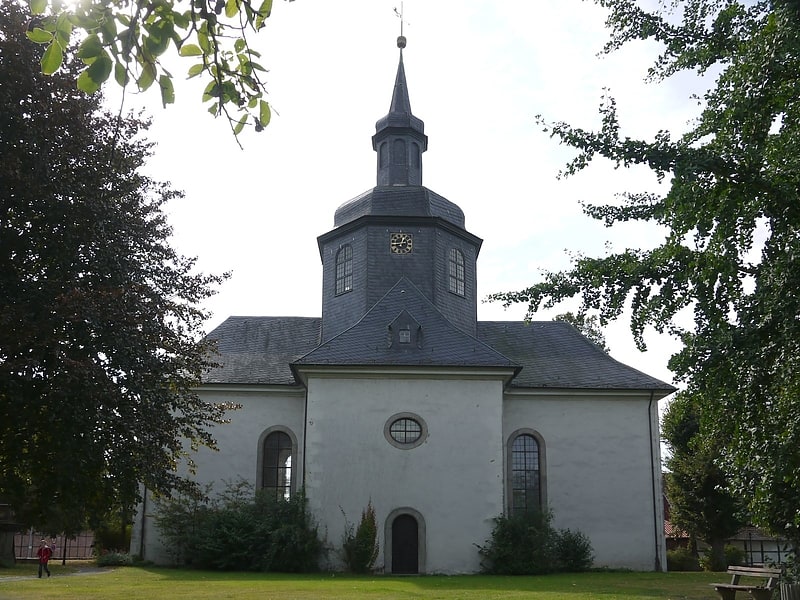
The Evangelical Lutheran Castle Church of St. Mary Magdalene in Salzgitter-Salder, also called Salder Castle Church, was built between 1713 and 1717 by the hereditary prince of Brunswick-Wolfenbüttel, August Wilhelm, according to the plans of the Brunswick fortress construction director Völcker on the site of a previous church.
Address: Schloßkirche 4, 38229 Salzgitter
Salzgitter-Bad
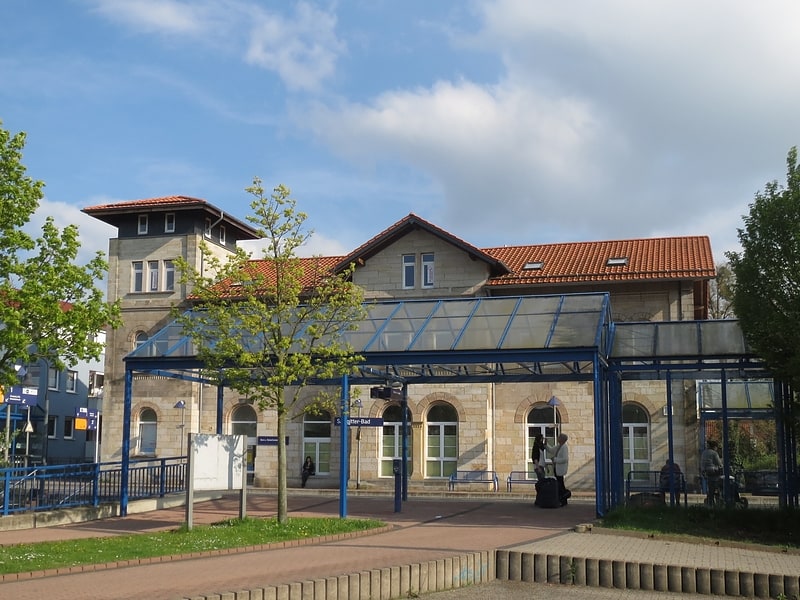
City in Germany. With a population of about 20,000, Salzgitter-Bad is the second biggest quarter of the German city Salzgitter in Lower Saxony. Salzgitter's name derives from it; the quarter is regarded as the historical and cultural centre of Salzgitter.[5]
Turm der Arbeit
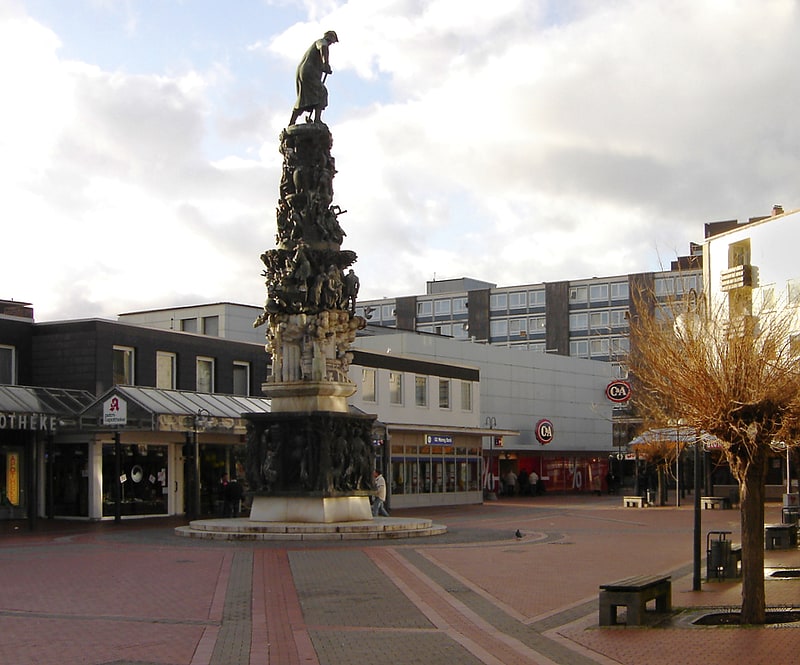
The Tower of Labor is a sculpture placed on a square in the pedestrian zone of Salzgitter-Lebenstedt. It is also referred to as a city monument. The sculpture was created by Jürgen Weber between 1989 and 1995.
Bockwindmühle Lichtenberg
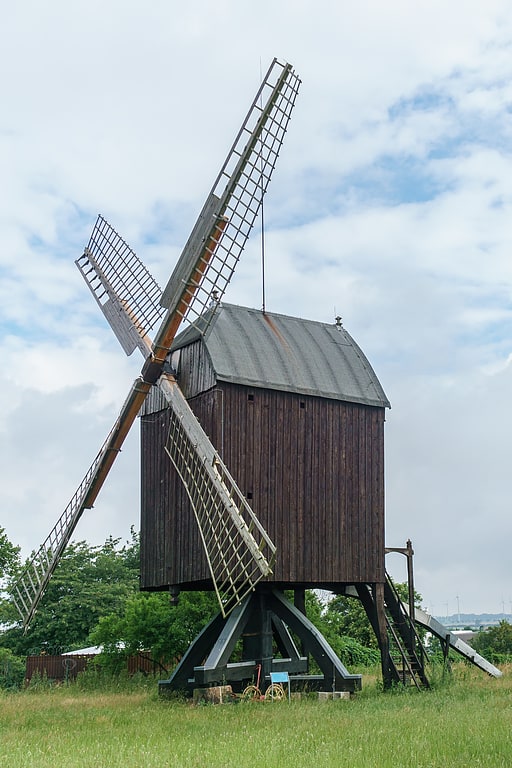
The Lichtenberg Windmill is one of two remaining trestle windmills on the territory of the present-day city of Salzgitter. The mill stands on the northern outskirts of the Lichtenberg district, not far from Exit No. 20 of Highway 39.
Salzgitter-Ringelheim
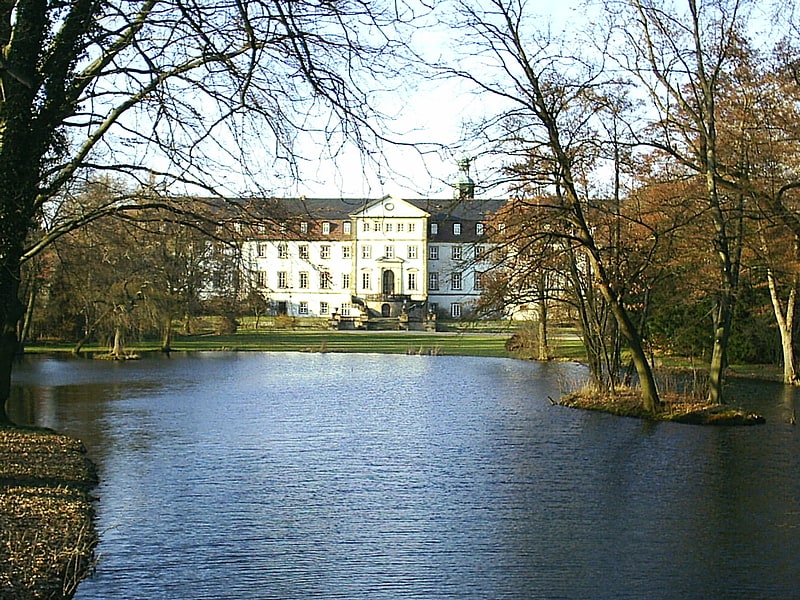
Also known as: Ringelheim
City in Germany. Ringelheim with 1,994 inhabitants is the sixth biggest quarter of Salzgitter in Lower Saxony, Germany, located on the Innerste River at the very far south-western end of the urban area. The Salzgitter-Ringelheim train station is the most important station of the city, as the Brunswick Southern Railway and the line from Hildesheim to Goslar cross here.[6]